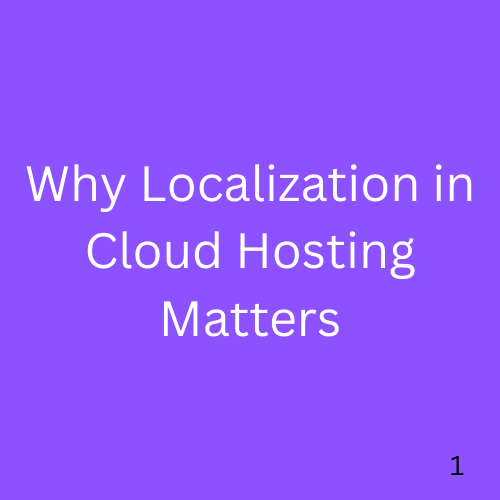SEO Toolkits for Non-Technical Users: A Complete Guide to Smarter Rankings
If you’ve ever wondered how websites appear on the first page of Google but felt overwhelmed by technical details, you’re not alone. Many small business owners, bloggers, and marketers want results from SEO but don’t want to spend hours learning code or advanced analytics. That’s where SEO toolkits for non-technical users come in. These tools … Read more






